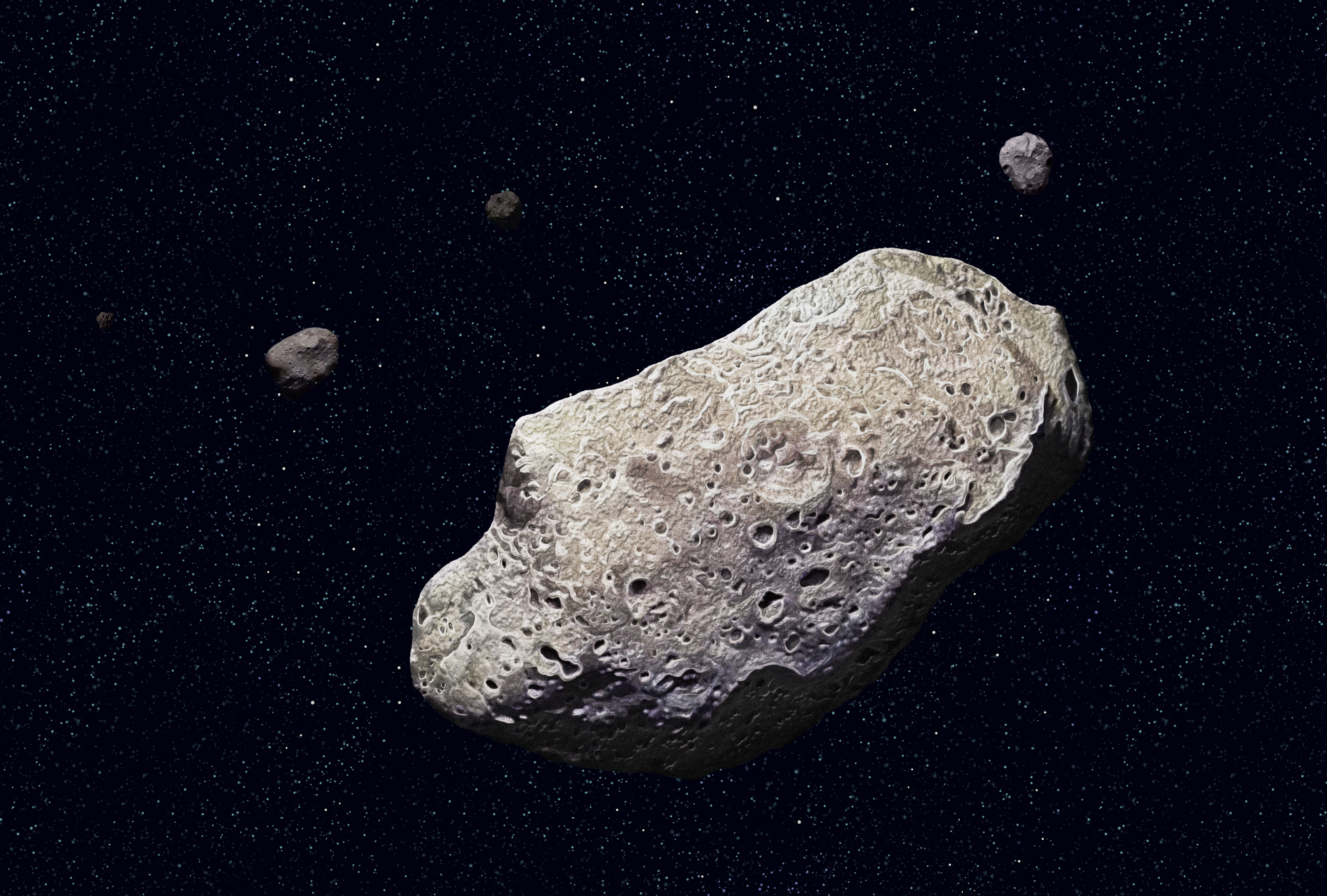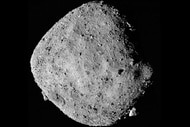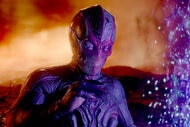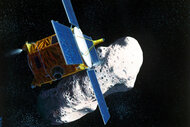Create a free profile to get unlimited access to exclusive videos, sweepstakes, and more!
We’re more doomed than we thought if an asteroid comes for us

Blowing up monster asteroids is no big deal in sci-fi movies, but it might be harder than we imagined if we ever have a Deep Impact situation on our hands.
Asteroids have now been found to be way harder to break than scientists once thought (and science fiction suggested). Trying to shatter them into pieces may not be our best option, as suggested by a recent NASA-funded Johns Hopkins University study published in Icarus magazine. If there ever is an incoming force of destruction, this new understanding of how these mega-rocks break when they collide with another massive object could help keep us alive.
“We used to believe that the larger the object, the more easily it would break, because bigger objects are more likely to have flaws. Our findings, however, show that asteroids are stronger than we used to think and require more energy to be completely shattered,” explained researcher and team lead Charles El Mir of Johns Hopkins University’s Department of Mechanical Engineering.
While previous researchers thought they had an understanding of asteroid composition at lab scale—which essentially reduces these gargantuan objects to the size of the average human fist—it has proven much more difficult to understand them as the space behemoths they really are. The thinking used to be that asteroids of that size would completely shatter from head-butting Earth.
“Our question was, how much energy does it take to actually destroy an asteroid and break it into pieces?” El Mir said.
By entering a disaster scenario into an updated computer model that (unlike previous ones) accounted for smaller-scale processes and cracks in asteroids, El Mir and colleagues were able to predict what would really happen upon impact. The first phase simulated what happens directly after a collision. It revealed that while millions of cracks spread through the asteroid, with some of it becoming fragmented and a crater forming, it was nowhere near shattered.
The second phase of the simulation found that the virtual asteroid’s hugely damaged core exerted a gravitational pull on the fragments, but most of the rock remained intact. Fragments had now been redistributed over the core, which is valuable insight for future asteroid mining ventures. But this means a much greater amount of energy is going to be needed to blast an asteroid into pieces—if we want to deal with one that way.
“It may sound like science fiction, but a great deal of research considers asteroid collisions. For example, if there’s an asteroid coming at earth, are we better off breaking it into small pieces, or nudging it to go a different direction?” asked El Mir. “And if the latter, how much force should we hit it with to move it away without causing it to break?”
Just hope that nothing that could mean large-scale extinction is headed for us anytime soon.
(via Johns Hopkins University)














